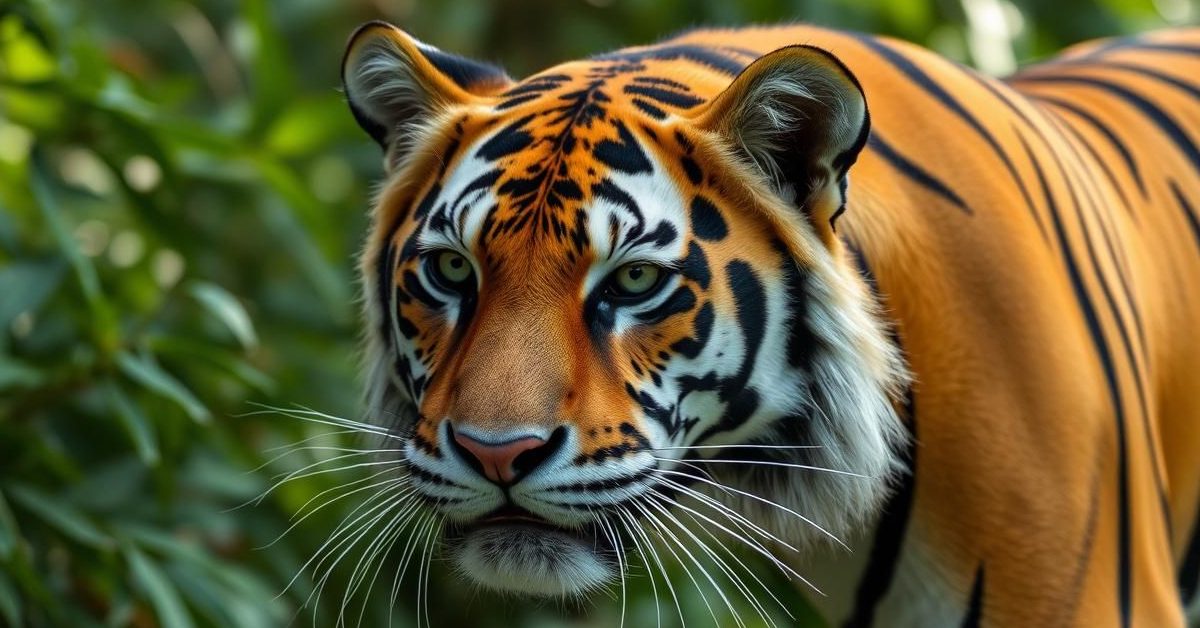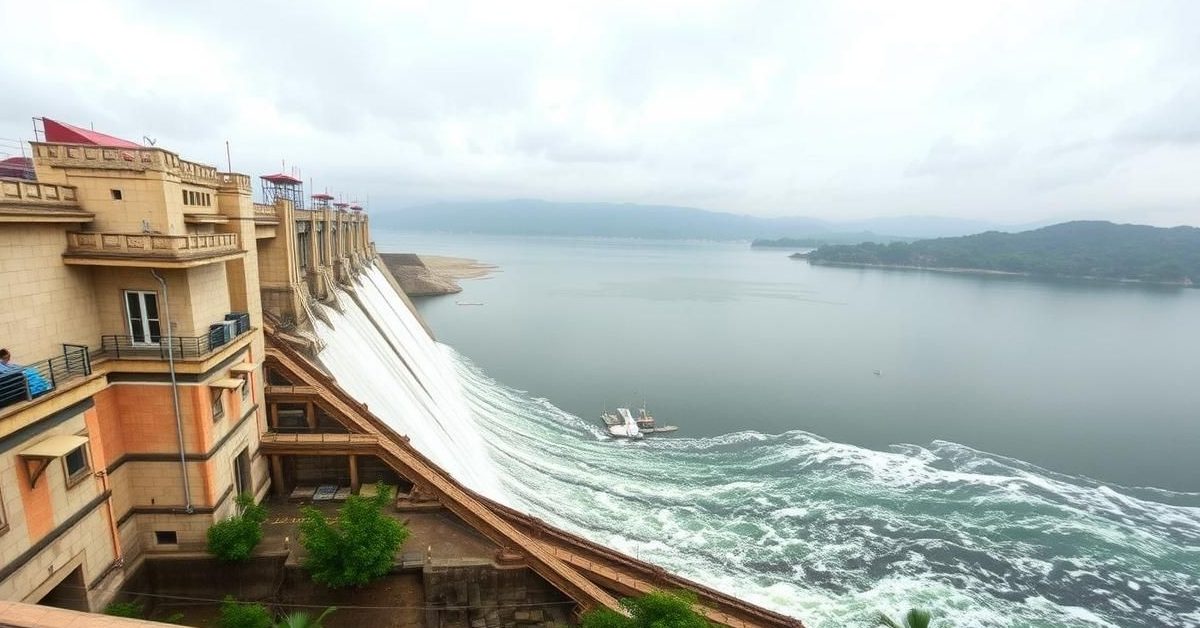From vital conservation efforts for critically endangered species to significant infrastructure projects and crucial environmental concerns, recent developments highlight India’s ongoing engagement with its diverse geography and ecological challenges.
Protecting the Great Indian Bustard
The Great Indian Bustard (GIB) stands as a crucial indicator species for grassland ecosystems. Sadly, this majestic bird is classified as critically endangered, with its population having declined significantly over the past four decades, now numbering fewer than 150 individuals.
A Supreme Court-appointed committee recently proposed creating dedicated corridors for renewable power lines in Rajasthan and Gujarat. This initiative aims to protect the GIB by rerouting existing lines and even placing some stretches underground, balancing conservation needs with renewable energy growth.
Kaziranga’s Unique Biodiversity and Conservation
Assam’s Kaziranga National Park is a global biodiversity hotspot, home to the world’s largest population of one-horned rhinoceroses. While it doesn’t hold the highest tiger density globally, it ranks third, with approximately 18.65 tigers per 100 square kilometers, according to recent surveys.
Kaziranga also hosted India’s first-ever grassland bird census, a significant step in monitoring elusive species vital to the health of its unique floodplain environment. The park was inscribed on the World Heritage List in 1985, recognized for its unblemished natural beauty and rich wildlife.
The Critical Challenge of Mercury Contamination
Mercury is an extremely toxic substance, posing severe risks to human health, including brain, skin, and heart disorders, and can even be fatal. It is released into the environment both naturally, through events like volcanic eruptions, and through various industrial processes.
While not universally widespread, mercury contamination has been detected in dangerous concentrations in groundwater across several Indian states, including Maharashtra, Gujarat, Haryana, and Odisha. Areas near mining operations and leather industries are particularly vulnerable to such pollution.
Zojila Tunnel: A Strategic Link in the Himalayas
The Zojila Tunnel, currently under construction in the challenging Himalayan terrain at an altitude of 11,578 feet, will provide crucial all-weather connectivity between Srinagar and Ladakh. This ambitious project is set to become India’s longest road tunnel and Asia’s longest bi-directional tunnel.
Upon its completion, the Zojila Tunnel will significantly boost both civilian and military mobility in the region, playing a vital role in national infrastructure and strategic development.
Biodiversity Hotspot: Brahmaputra Floodplain Species
The Brahmaputra floodplain is a unique ecosystem, home to several globally threatened and endemic bird species. Recent conservation efforts, including a dedicated grassland bird census in Kaziranga National Park, focus on monitoring these vulnerable populations.
Key species endemic or critical to this region include the Bengal Florican, Swamp Francolin, Bristled Grassbird, and Slender-billed Babbler, among others. These efforts highlight the importance of preserving the distinct natural habitats of the Indian subcontinent.
Advancing Nuclear Technology: Heavy Water Upgradation
India’s first private test facility for heavy water upgradation has been established in Mumbai by TEMA India, leveraging technology transfer from the Bhabha Atomic Research Centre (BARC). This facility is designed to manufacture and test specialized equipment, such as distillation columns, used for purifying depleted heavy water (D₂O).
Crucially, this facility does not produce new heavy water from ordinary water. Instead, its main purpose is to restore the purity of existing heavy water for use in Pressurized Heavy Water Reactors (PHWRs), significantly reducing the equipment testing time by one to two years.
Etalin Hydel Project: Balancing Power and Ecology
The proposed 3,097 MW Etalin Hydel Project in Arunachal Pradesh’s Dibang Valley is a run-of-the-river initiative on the Dri and Talo (Tangon) rivers. While it promises significant power generation, it also raises considerable environmental concerns.
The project requires diverting over 1,165 hectares of forest land and is estimated to result in the felling of approximately 2.7 lakh trees. The area is part of the Eastern Himalayas, a designated biodiversity hotspot, rich in over 680 plant species and home to rare and endangered fauna like the Mishmi takin, red panda, clouded leopard, and snow leopard.
- The Great Indian Bustard is critically endangered, despite conservation efforts.
- Kaziranga National Park is a key site for rhino and tiger conservation, and a new grassland bird census.
- Mercury contamination, while not widespread, poses a threat to groundwater in specific industrial and mining areas across India.
- The Zojila Tunnel is a strategic project providing all-weather connectivity between Srinagar and Ladakh.
These initiatives underscore the complex interplay between environmental preservation, infrastructure development, and public health in India’s dynamic landscape.















